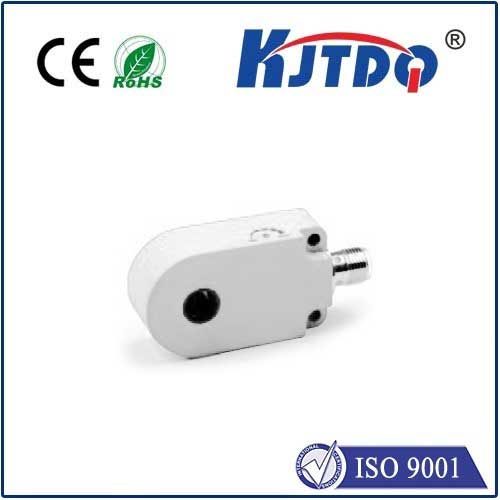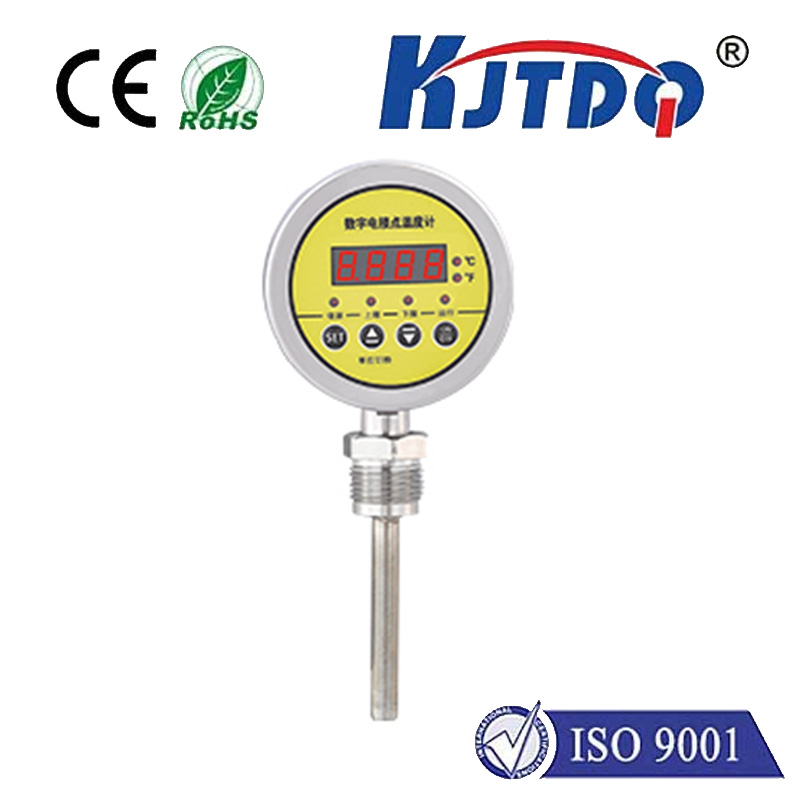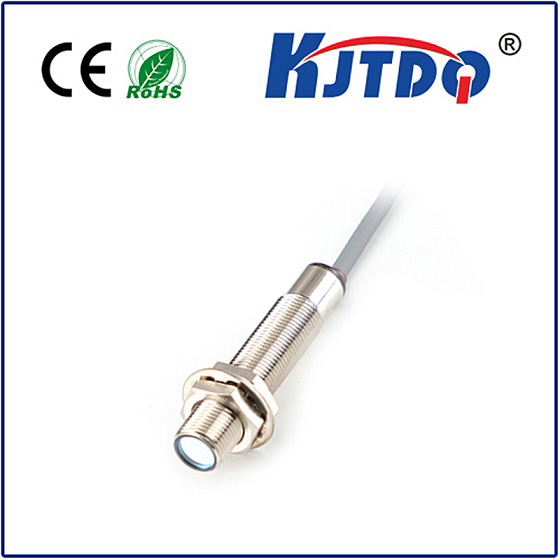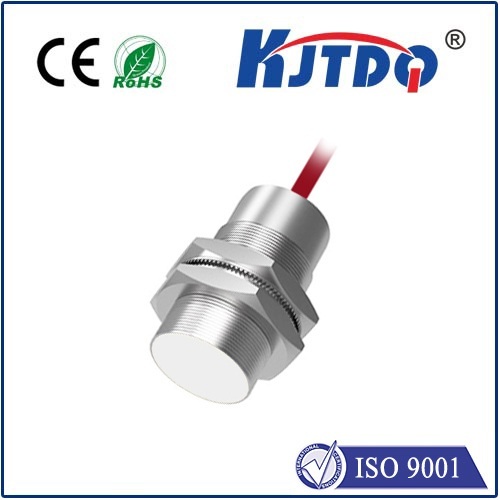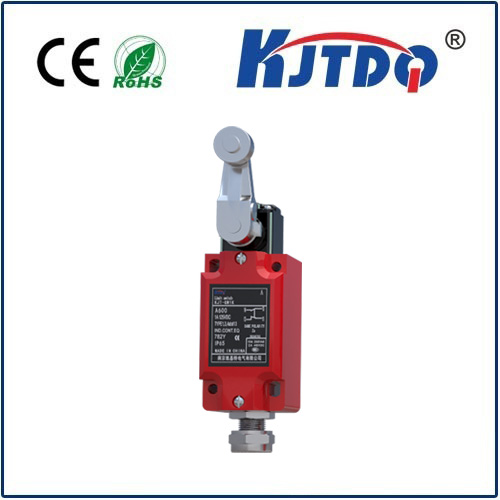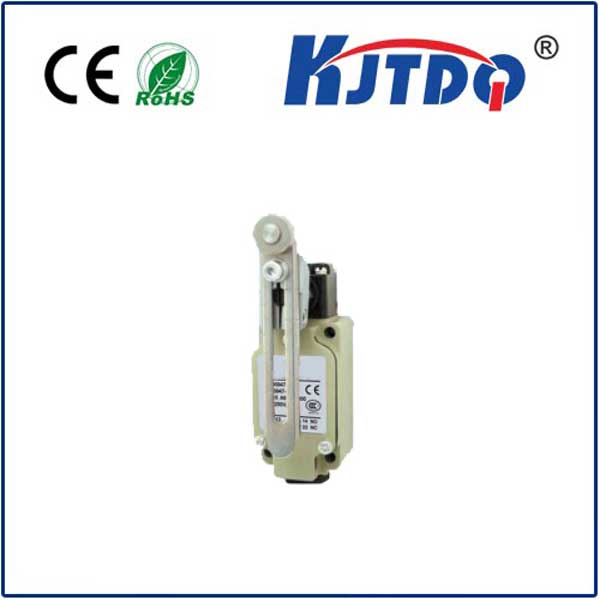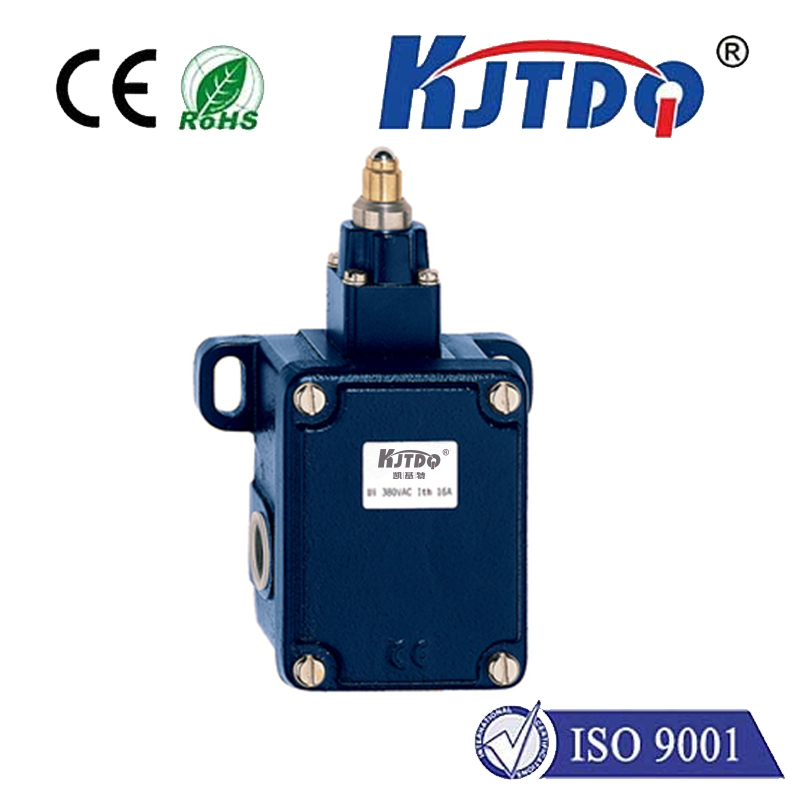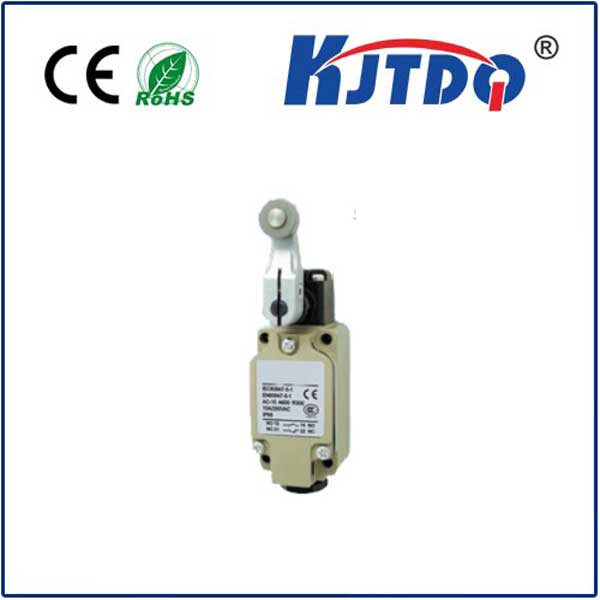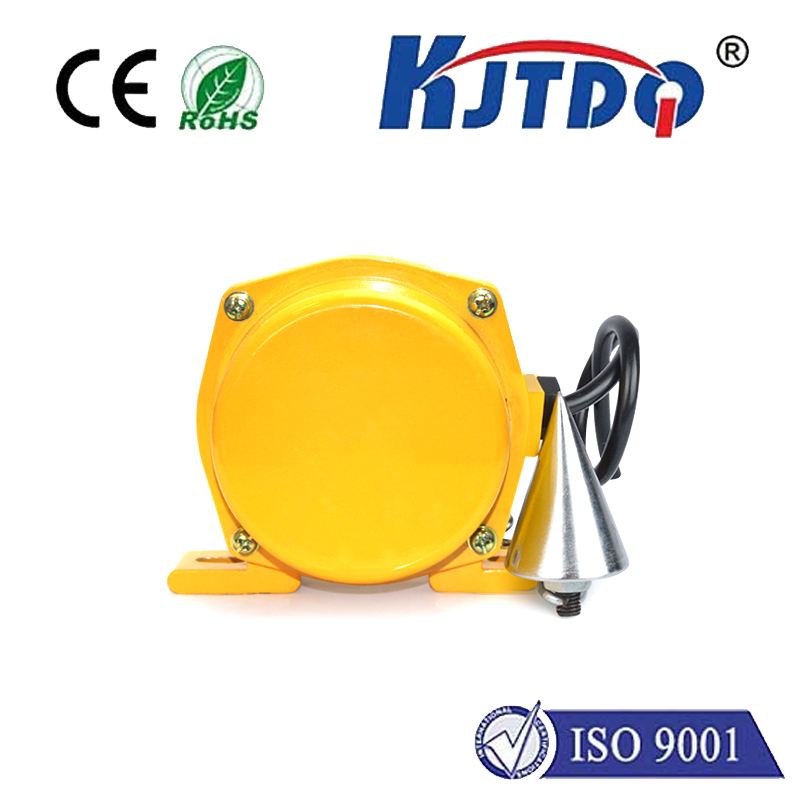arti sensor proximity
- time:2025-07-08 00:56:22
- Click:0
Arti Sensor Proximity: The Unseen Engine Driving Modern Automation
Imagine a robotic arm gracefully assembling intricate electronics, never colliding with components. Picture self-driving warehouse vehicles navigating tight aisles with uncanny precision, inches from shelves and people. Envision touchless interfaces on factory machines responding instantly to a wave of a hand. This seamless interaction between machinery and the physical world isn’t magic – it’s largely powered by the sophisticated, often invisible, technology of Arti sensor proximity detection. These sensors form the critical sensory layer enabling machines to “feel” their surroundings without physical contact, revolutionizing efficiency, safety, and capability across countless industries.
At its core, proximity sensing refers to the ability of a device to detect the presence, absence, or position of an object within a specific range. Arti sensors, often representing a category or brand synonymous with high-precision industrial sensing, excel in this domain. They are the eyes and fingertips of automated systems, providing real-time data that machines use to make critical decisions. Unlike traditional mechanical switches, proximity sensors operate contactlessly. This fundamental characteristic eliminates wear and tear, drastically increasing reliability and lifespan – crucial factors in demanding industrial environments where downtime is expensive.

How do these technological marvels actually work? The principle depends on the specific type of Arti proximity sensor employed. The most common types include:
- Inductive Sensors: These are workhorses in metal detection. They generate an oscillating electromagnetic field. When a metallic object enters this field, it induces eddy currents within the object, causing a measurable change in the sensor’s oscillation amplitude or frequency. This change triggers detection. Inductive sensors are exceptionally robust, immune to dust, oil, and water, making them ideal for harsh manufacturing floors.
- Capacitive Sensors: These detect both metallic and non-metallic objects (liquids, plastics, wood, etc.). They function by generating an electrostatic field. Any object entering this field alters the sensor’s capacitance. Capacitive sensors are perfect for detecting fill levels in tanks, presence of materials on conveyors, or even detecting through non-metallic container walls.
- Ultrasonic Sensors: These emit high-frequency sound waves and measure the time taken for an echo to return after bouncing off a target. Ultrasonic proximity sensors excel at detecting objects of various materials over longer distances and are less affected by color, transparency, or surface texture than optical types.
- Photoelectric Sensors (Proximity Mode): Often used in diffuse or retro-reflective modes for proximity detection, they emit a light beam (visible or infrared). Detection occurs when the emitted light is interrupted (diffuse) or fails to return (retro-reflective) due to the presence of a target object. They offer versatility but can be impacted by environmental factors like dust, fog, or ambient light.
The real power of Arti proximity sensors unfolds in their diverse applications, silently enabling modern automation:
- Industrial Automation: They are fundamental on assembly lines, detecting part presence/absence for robotic pick-and-place, verifying correct part orientation before assembly, confirming machine guarding positions, and controlling automated guided vehicles (AGVs). Their reliability ensures continuous, high-speed production.
- Predictive Maintenance: By monitoring the vibration or proximity of critical components like rotating shafts or bearings, subtle changes indicating wear can be detected early. This enables proactive maintenance scheduling, preventing catastrophic failures and unplanned downtime – a massive cost saver. NASA often credits vibration and proximity monitoring as vital for predicting failures in critical aerospace machinery.
- Robotics and Cobots: Proximity sensors provide essential situational awareness for robots. They allow robots to detect nearby objects or humans, enabling safe slowdowns or stops (collision avoidance) in collaborative environments and ensuring precise positioning for tasks like welding or assembly. This safety aspect is paramount as humans and robots increasingly share workspaces.
- Consumer Electronics: The touchless operation of faucets, soap dispensers, hand dryers, and even smartphone gesture controls relies heavily on capacitive or IR proximity sensors. They enhance hygiene and user convenience.
- Automotive Industry: Proximity sensors are ubiquitous in vehicles, enabling parking assistance systems, automatic braking (AEB), adaptive cruise control, blind-spot detection, and hands-free trunk opening. They are critical components for advanced driver assistance systems (ADAS) and autonomous driving development.
- Material Handling & Logistics: Monitoring fill levels in silos or bins using capacitive sensors, detecting package presence on conveyors, and ensuring AGV path clearance all leverage proximity sensing for smooth logistics operations.
Why is the specific mention of “Arti sensor proximity” significant? It often implies sensors engineered for demanding applications, emphasizing key advantages:
- High Precision & Repeatability: Delivering accurate detection thresholds consistently.
- Robustness & Immunity: Built to withstand industrial environments – resistant to shock, vibration, temperature extremes, and electromagnetic interference (EMI).
- Long Sensing Ranges: Certain Arti sensors offer extended detection capabilities beyond standard ranges.
- Compact Form Factors: Designed to fit into tight spaces within complex machinery.
- Advanced Features: Offerings like IO-Link connectivity for enhanced diagnostics, parameterization, and integration into the Industrial Internet of Things (IIoT) framework.
Looking ahead, the evolution of proximity sensing continues. Integration with artificial intelligence (AI) and machine learning (ML) promises smarter sensors capable of pattern recognition and predictive analysis beyond simple presence detection. Continued miniaturization and enhanced wireless capabilities will further expand application possibilities. The growing demands of Industry 4.0, requiring seamless communication between devices and systems, positions sophisticated proximity sensors like those from Arti as indispensable data acquisition points. Material science advancements may also lead to entirely new sensing modalities, pushing the boundaries of what proximity detection can achieve.
Arti sensor proximity technology, though often unseen, is truly a cornerstone of modern automation. Its ability to provide reliable, contactless detection empowers machines to operate with unprecedented safety, precision, and efficiency. From the factory floor to our smartphones and vehicles, these sophisticated sensors continually bridge the gap between the physical and digital worlds, driving innovation and shaping the future of how machines interact with their environment. Understanding their principles, types, and vast applications is key to appreciating the silent revolution happening in countless industries.






